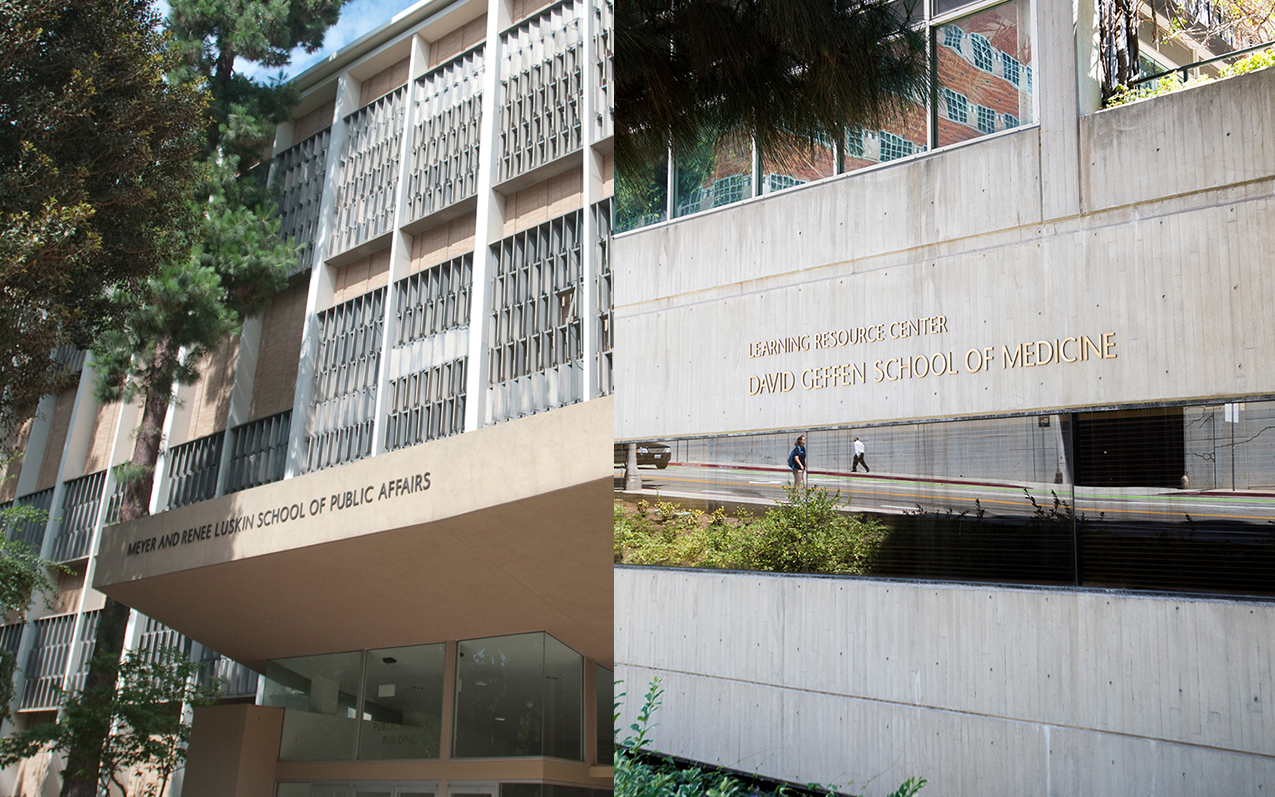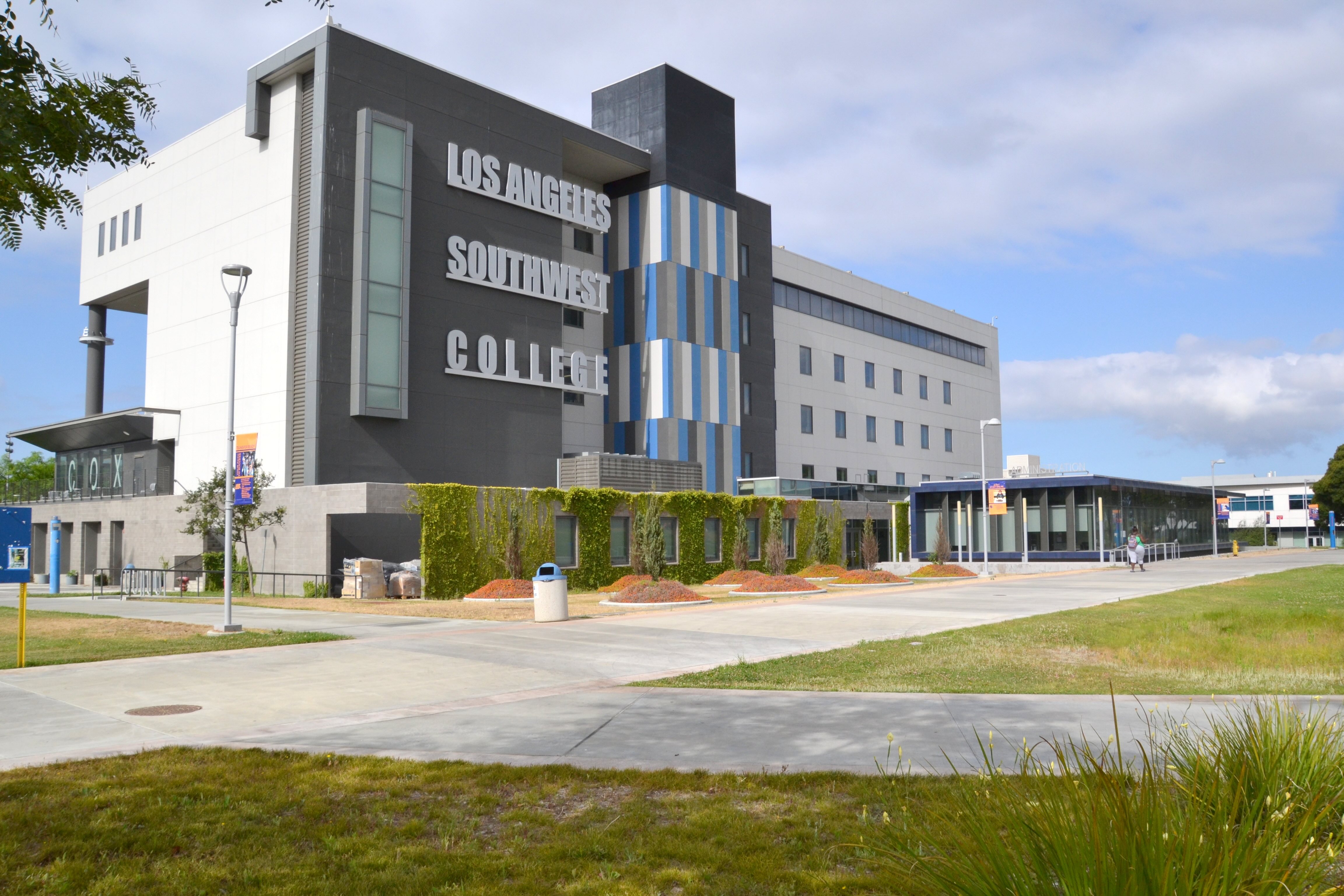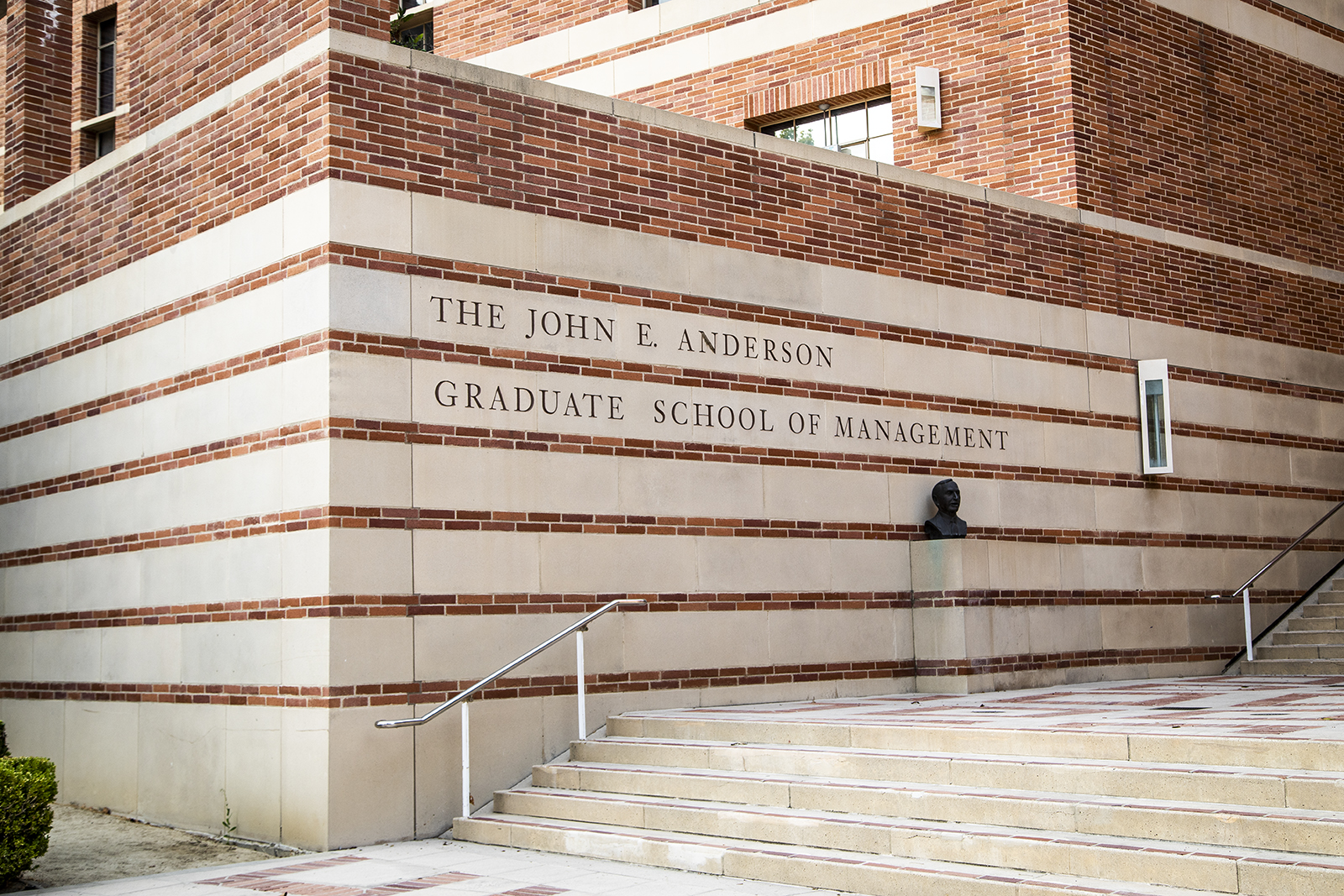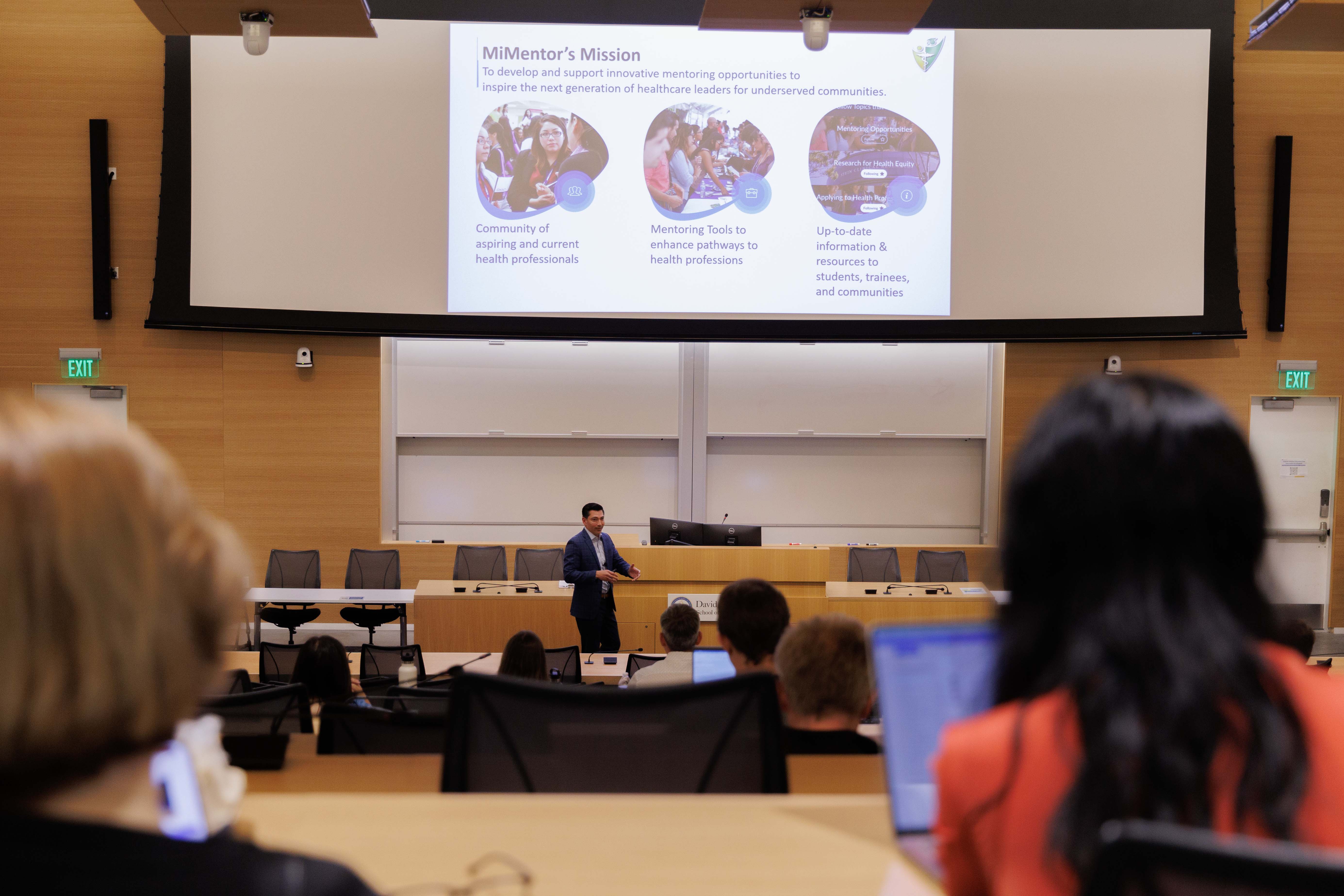Opinion: Medical schools should encourage interdisciplinary undergraduate education

David Geffen School of Medicine and the Meyer and Renee Luskin School of Public Affairs are pictured. (Daily Bruin file photo)
By Ruby Galbraith
May 26, 2025 3:51 p.m.
This post was updated May 28 at 10:18 p.m.
I have grown amused observing people’s reactions when I tell them that I’m a public affairs student on the pre-med track. My explanation of my course of study is generally followed by a perplexed look and some confused questions.
Their surprise is well-founded.
According to the Association of American Medical Colleges, only around 12% of students who started medical school in 2024 entered with a major in the social sciences or humanities.
With practically no overlap between their majors and the pre-med requirements, the small proportion of those who do pursue this route take on a significant commitment.
With 16 public affairs major-specific classes and 19 pre-med class requirements – not including additional courses recommended for specific medical fields – at UCLA, this path is often compared to those pursuing a double major – just without an extra degree to show for it at graduation.
It’s more than just a hassle. It can be logistically infeasible for many students depending on their transfer credits.
Herein lies a fundamental problem with medical education.
Going back to the reason that I chose to study public affairs, while I enjoy science, extensively memorizing organic chemistry formulas isn’t the most appealing thing in the world.
Rather, I enjoy studying people, culture and policy: three topics that led me to believe I wasn’t destined for the medical field.
However, these topics – among others – are exactly what is missing from most forms of modern medical education.
I’ve never experienced a time where my primary care physician needed to solve a titration equation or draw an electron shell diagram during my annual check-up.
However, I have heard about too many instances of doctors providing insensitive, impractical or inequitable care to patients.
Providing quality health care is only possible if providers are taught that health outcomes do not occur in isolation.
According to the United States Department of Health and Human Services, social determinants of health – such as economic stability, neighborhood and educational quality – can predispose certain demographics to certain health conditions. The social determinants of health are intimately connected with public policies that shape how our schools operate, what workers earn and how community programs are funded.
Being a doctor isn’t just about diagnosing a disease or writing a prescription. Every aspect of our personal identities shape our life experiences and, by extension, our health.
Policy and social norms uphold these structural barriers to health, so a comprehensive health education should include these factors in the curriculum not just in medical school but in pre-health undergraduate preparatory courses as well.
And yet, it remains at times infeasible for many students to pursue an undergraduate degree related to policy – or other fields in the humanities and social sciences – while also completing the pre-med requirements.
My choice to pursue public affairs as a pre-med student is not inherently better or worse than someone else’s decision to study chemistry.
It’s just a choice that is unfortunately more difficult than it needs to be.
As a pre-med public affairs student, I have been significantly aided by AP and dual enrollment community college credits – options that are disproportionately unavailable to students at low-income high schools.
It is ironic that studying social justice and socioeconomic disparities while being pre-med is only available to me because of my privileged background.
Thus, medical school admission departments need to lessen this burden of interdisciplinary study for students – especially those most disproportionately impacted by entry requirements.
For example, the list of recommended pre-health courses put together by the UCLA Center for Academic Advising in the College includes three quarters of physics, three quarters of math and seven chemistry courses.
Several of these courses could be exchanged for other academic topics such as policy, language, communication and more – not because these subjects are easier but because they are equally applicable to health care.
This would allow students who are interested in STEM topics such as biophysics or organic chemistry to continue to pursue these goals while also opening up the possibility for undergrads to have other majors of study not traditionally recognized as being pre-med.
However, this would require changing the admissions requirements at many top medical schools across the country – a feat that many undergraduates don’t have the time, energy or money to consider when choosing their majors as pre-med students.
While we wait and advocate for medical schools to change their prerequisite requirements, students should reevaluate their academic plans to see if having an unconventional pre-med route is an option.
Students with a non-STEM major shouldn’t rule out medical school as a possibility. Furthermore, students with a STEM major should consider taking a variety of non-STEM classes that may have more implications for medical training than meets the eye.
Undergraduate advising units can also aid students in receiving an interdisciplinary pre-health education by emphasizing the benefits of taking social sciences and humanities courses with a pre-med lens.
While the practicality of having a non-STEM major is ultimately determined by transfer credits and major requirements, students and undergraduate institutions can take these small steps to shift the narrative of medical education from exclusively STEM-based to a more interdisciplinary approach – one that will better equip students to understand the social determinants of health and provide health care in an equitable way.
It is time to educate a new generation of doctors who are able to see the connections between the health of their patients and broader systems of health inequity.




